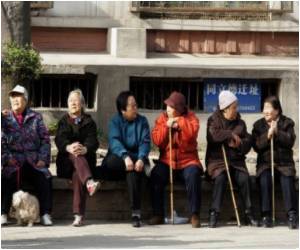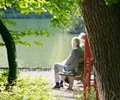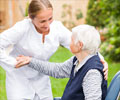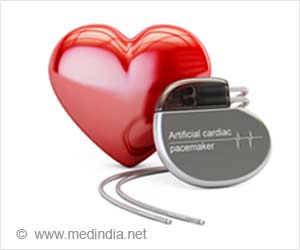The problem for health care professionals until now is that they have not had an easy and effective way to assess mobility in elderly people.

They said the tool takes only four minutes to complete. The score provides information that helps older adults better understand their current mobility and can provide a yardstick to monitor changes in how well they get around.
Using an iPad or a PC, elderly watch short videos of animated figures performing everyday tasks such as climbing stairs or walking while carrying a bag of groceries.
The videos help senior citizens picture themselves doing these tasks. They then use the touch screen to indicate what they can and cannot do.
The researchers said the MAT is a quick, simple and cost-effective way to accurately measure mobility and may help practitioners plan appropriate interventions to remediate limitations.
They envision the elderly getting 'activity prescriptions' to improve their physical function based on the results of the Mobility Assessment Test.
Advertisement
"In pilot testing, we found that the animation technology allowed older adults to project themselves into the tasks," said Marsh.
Advertisement
The researchers said that the animation technology allows for great flexibility in altering the form, speed, and environmental parameters of mobility-related tasks, opening up a wide range of possibilities for future research questions.
"This is a tool that could be used quickly in a physician's office or out in the field," said Rejeski.
Marsh and Rejeski have recently published two studies supporting the video animation tool's effectiveness in measuring mobility and they have presented their findings at a recent Gerontological Society of America conference.
Source-ANI









